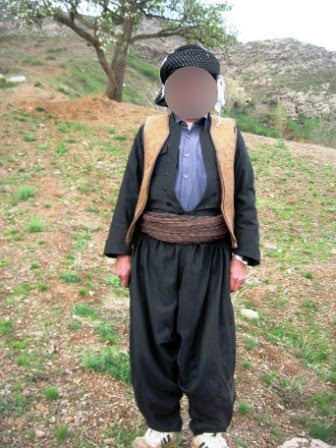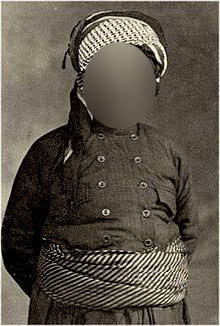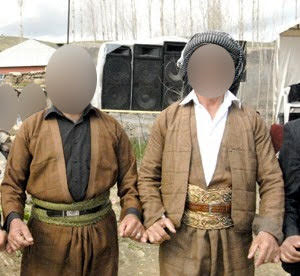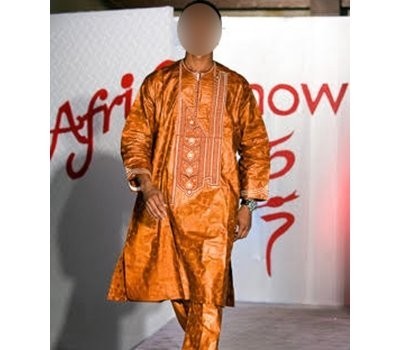Traditional dress of Yemen
Let’s go and visit Yemen today ! Arabic country with a cultural inheritance as rich as remarkable, Yemen fascinates by its diversity. Yemeni traditionnal suit changes from north to south. Let us show you how much !
Yemeni traditional clothing
The diversity of the land and the weather conditions dictate the yemeni traditional suit. Here’s a view from north to south in Yemen.
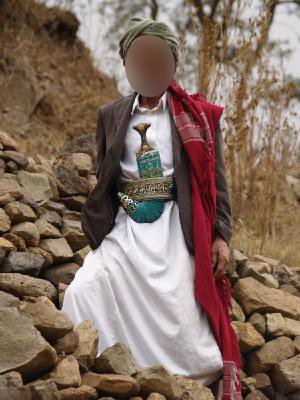
Source : https://jacquelinehenry.zeblog.com/
Dishdasha
Dishdasha, thawb or qamis are part of the traditional suit in Yemen. It is a long, white dress with long sleeves that goes until the calf area. It is very famous in Yemen, espacially in Sanaa and the highlands. It is worn with a jacket and a shirt. Even if the white colour is the most popular one, dishdasha can be found in a wide range of colors, simple and even with embroideries. This qamis is cotton-made or whool-made in order to face winter conditions.
Izar : yemeni loincloth

At Aden, in Hadramout area, or at Taez, and on the Tihama, izar is adopted. It is a long rectangular loincloth, one meter large, which both of the two sides are sewn together in order to get a cylindrical form. Izar covers the legs and the waistband is worn tight. It is also called fouta, wisaar or ma’awi, or even sarong. At the original beginning, Bedoin tribes used to wear it. White coloured, we can find it now in a large range of colors and patterns. Izar is worn in several cicumstances.
Turban
It is yemeni headdress. Turban has always been successful, eventhough Palestinian keffieh has, step by step, got people’s favour. Long and white scarf, sometimes coloured, turban is worn in Yemen by all generations. It is worn on the head or just put on shoulders. It can be one-coloured or decorated with patterns.
Djanbia : a yemeni symbol
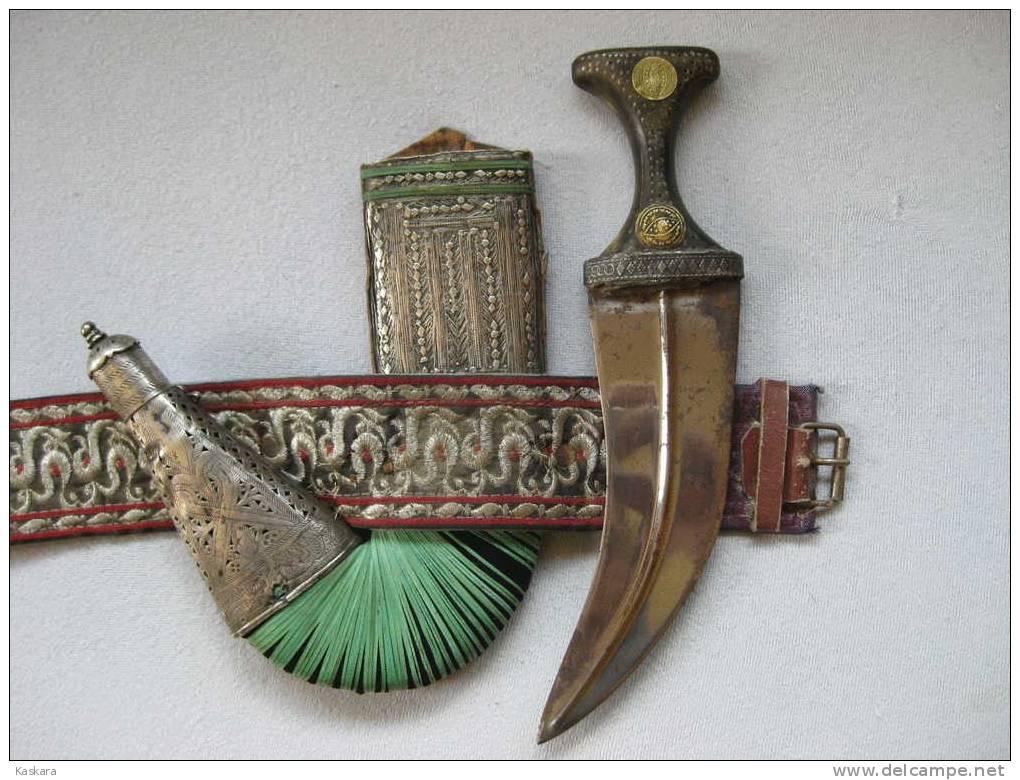
Without any doubt it is THE symbol of Yemen. A large part of the population wear this curved dagger at their waistband; and they are proud of it. An ancestral tradition that dates back to the previous islamic period.
Djambia : a real identity card
Social rank, tribal origins, job, djambia’s ornaments reveal everything about the one who wears it. It is conserved in a green case by the urban people and in a brown one by people living in the highlands. Most of yemeni people live below the poverty line, so they just have a wood handled djambia because of its affordable price. Others very aware of the reflection of their social rank through their djambia don’t hesitate to use all meanings to get a beautiful one. Even if they need to loose their purse for it. Alla the djambias are not equal in terms of quality. Some of them are better-worked and worth a lot of money.
Djambia’s disappearing ?
What makes djambia valuable is its handle. The more expensive daggers are rhinoceros-made. Unfortunately today, plastic coming straight from China tends to replace Rhino horn. Rhinoceros is a dangered-specie so its horn had to be replaced by something else. Plastic substitution has depreciated daggers’ price.
The youth favour for the western fashion seems to be another reason for this djambia’s disappearance as it’s whispered. One thing is sure, yemeni people are very proudful about their culture.

